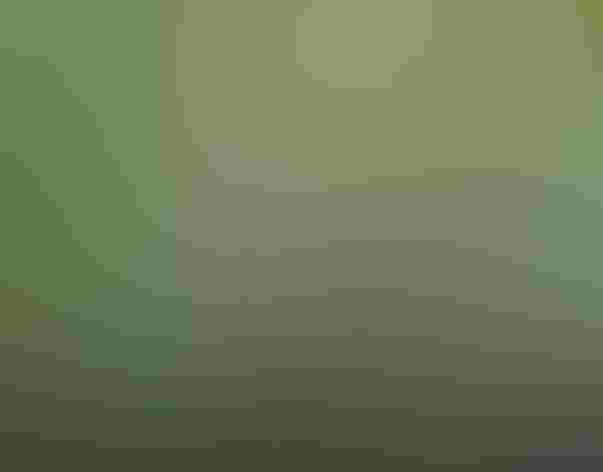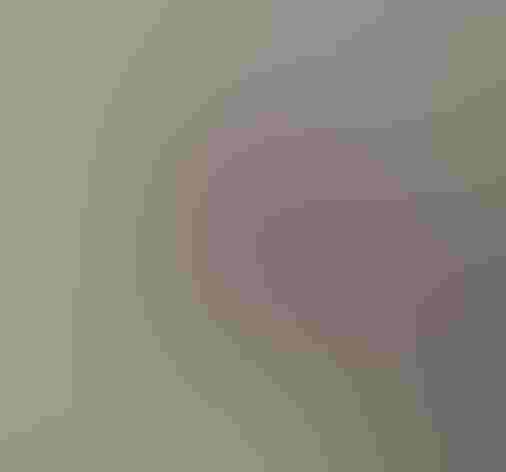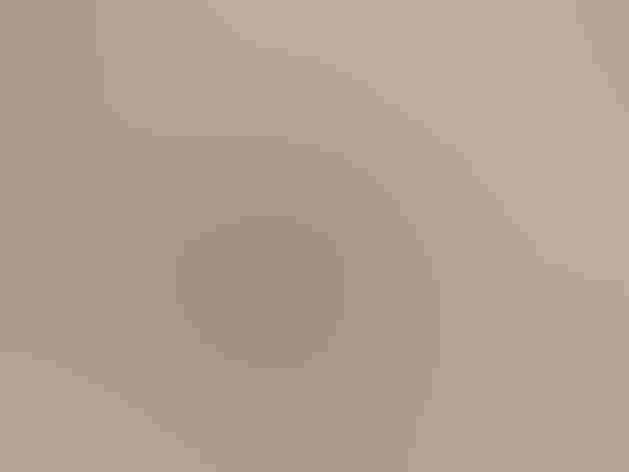Varied Bunting
At a Glance
Brushy country near the Mexican border provides a summer home for this elegant bunting. The dense and thorny nature of its habitat may make it seem hard to approach, but the bird is not especially shy, and sometimes may be watched at very close range. In Arizona, where its nesting is timed to the summer rains, male Varied Buntings may be in full song on mornings in August.
All bird guide text and rangemaps adapted from by Kenn Kaufman© 1996, used by permission of Houghton Mifflin Harcourt Publishing Company. All rights reserved.
Category
Cardinals, Perching Birds
IUCN Status
Least Concern
Habitat
Arroyos and Canyons, Desert and Arid Habitats, Shrublands, Savannas, and Thickets
Region
Southwest, Texas
Behavior
Direct Flight
Population
360.000
Range & Identification
Migration & Range Maps
Most leave the United States in winter, probably moving only a short distance south into Mexico. Recently discovered wintering in small numbers in Big Bend region of Texas.
Description
4 1/2-5 1/2" (11-14 cm). Male looks black at a distance. In good light, dull purple with red nape, blue forehead. Colors partly covered by brown edging in fall. Female very plain brown, lacking wing-bars or chest streaks.
Size
About the size of a Sparrow
Color
Black, Blue, Brown, Red
Wing Shape
Rounded
Tail Shape
Notched, Rounded, Square-tipped
Songs and Calls
A series of sweet notes, each note or phrase repeated.
Call Pattern
Complex, Undulating
Call Type
Buzz, Chirp/Chip, Whistle
Habitat
Streamside thickets, brush. In United states found mostly in areas of dense thorny brush, often with an upper story of scattered trees. Prime habitat is usually in canyons and along streams, but in some areas may be in flat desert away from water if brush is dense.
Sign up for ÃÛèÖAPP's newsletter to learn more about birds like the Varied Bunting
Behavior
Eggs
4, sometimes 3, rarely 5. White to bluish-white, unmarked. Incubation is by female only, about 12-13 days.
Young
Fed by both parents, leaving nest after about 12 days. For a few days after fledging, brood may split, 2 young going with female and 2 with male; then male may take over care of all young while female starts another nesting attempt. Often 2 broods per year, perhaps sometimes 3.
Feeding Behavior
Forages at various levels from ground up into shrubs and trees. Probably takes insects from leaves, seeds from ground or stems, berries from shrubs. Forages alone in summer, but may gather in small flocks in winter.
Diet
Probably seeds and insects. Diet poorly known. In breeding season probably feeds mostly on insects, also some seeds, berries. Food brought to young at nest is mostly insects. Winter diet probably includes more seeds.
Nesting
Nests mostly in late summer in Arizona (after summer rains begin), in early summer in Texas. Male defends territory with song, and with fluttering flight display directed at intruding males. Nest site is in dense shrub, low tree, or vine, usually 2-5' above ground, sometimes up to 12'. Nest (built by both parents) is compact open cup, mostly of dry grass and weeds, lined with finer materials.
Conservation
Conservation Status
Still locally common in southwestern United States, although some habitat has been lost. Probably declining in parts of its Mexican range, as overgrazing (especially by goats) degrades its habitat.
Climate Threats Facing the Varied Bunting
Choose a temperature scenario below to see which threats will affect this species as warming increases. The same ÃÛèÖAPP change-driven threats that put birds at risk will affect other wildlife and people, too.








